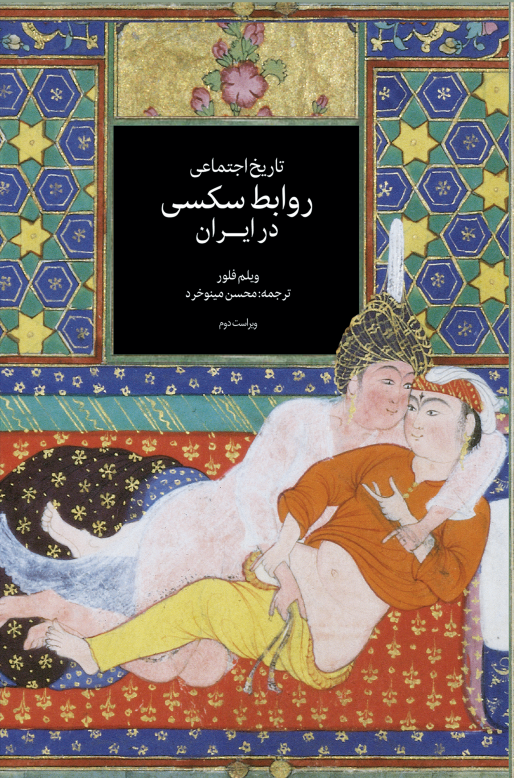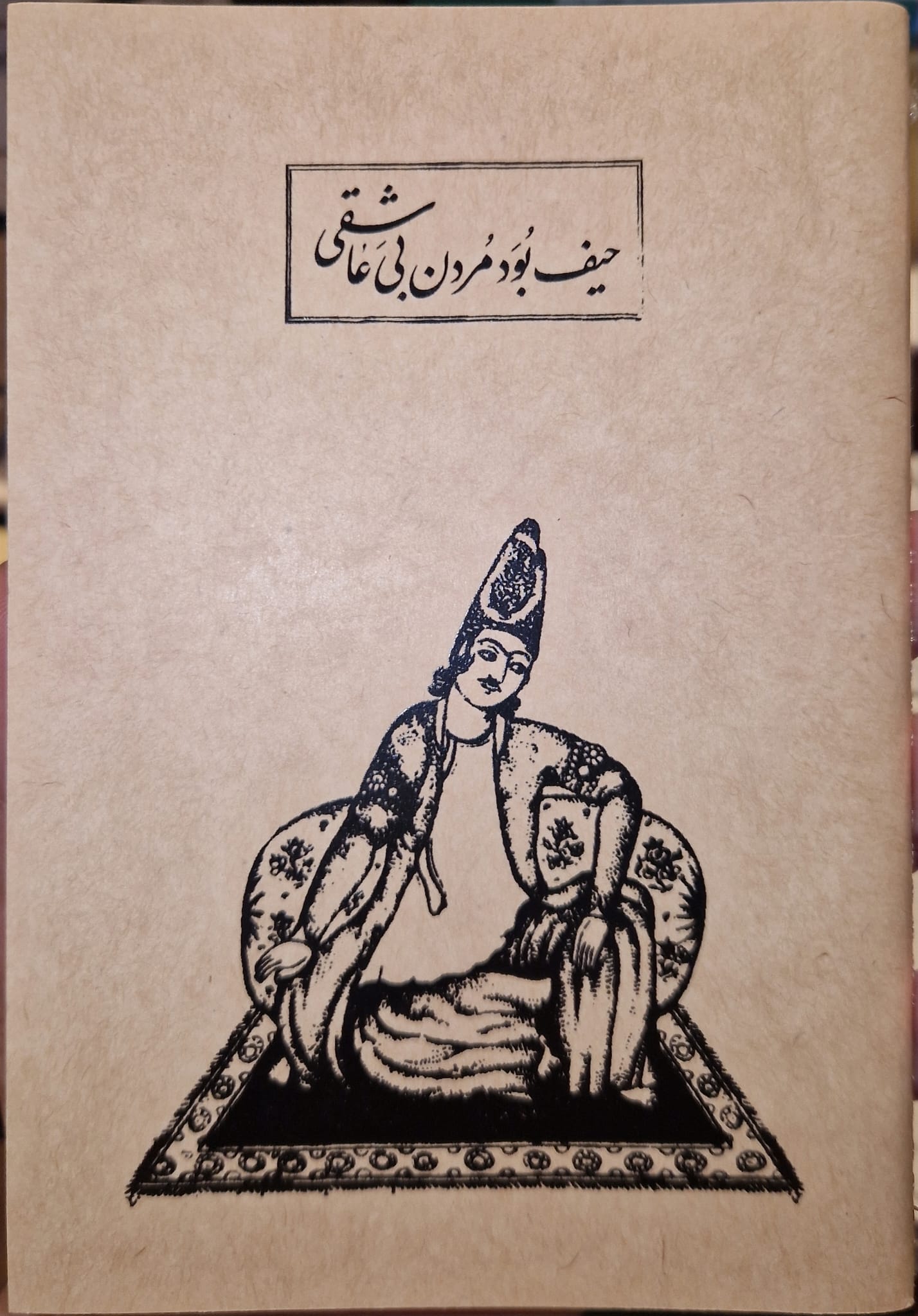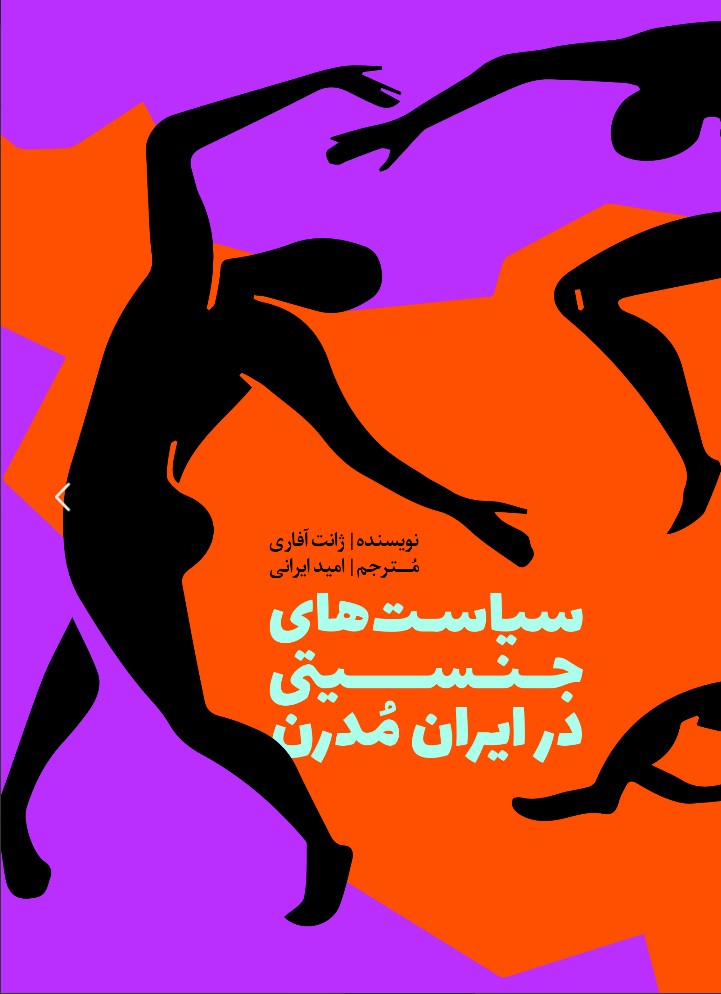Hamah-yi Īn Nākhushān: Chahār Shakhṣīyat-i Shupinhāvirī dar Sīnamā Persiska (Farsi) 2024
همۀ این ناخوشان: چهار شخصیت شوپنهاوری در سینما
If Schopenhauer were present in our time, he would undoubtedly analyze drama through the medium of cinema. This belief is justified at least by the fact that in our age, cinema has a far larger audience than theatre or drama ever had; therefore, by speaking about cinematic works, he could have explained his philosophy to many more people, and surely, in doing so, he would have enriched our understanding of cinema. Alas, geniuses are few, and yet their lives are as short as anyone else’s. Thus, we try—by drawing only on the works he left behind for us—to realize a small part of what might have been. Schopenhauer himself granted such a possibility to his future readers: “The only thing that has value for me is truth. Like my predecessors, I write solely for the purpose of preserving my ideas, so that one day they may be of benefit to those who know how to think about them and appreciate their worth.”
اگر شوپنهاور در عصر ما حضور داشت، بیشک درام را در قالب آثار سینمایی تحلیل می کرد. چنین باوری دستکم به این دلیل موجه است که در دوران ما سینما مخاطبی بیشتر از رمان یا نمایشنامه دارد؛ بنابراین او با سخن گفتن از آثار سینمایی می توانست فلسفهاش را برای افراد بیشتری توضیح دهد ومطمیناً با انجام دادن این کار فهم ما ازسینما را بهبود می داد. افسوس که نوابغ انگشت شمارند و با این حال عمرشان به کوتاهی دیگران است، پس ما می کوشیم تاصرفاً با بهره بردن از آثاری که او برای ما به یادگار گذاشته است، درصد کوچکی از این اتفاق را محقق کنیم. شوپنهاور در زمان حیاتش اجازه چنین کاری رابه آیندگان خود داده است: تنها چیزی که برای من ارزش دارد، حقیقت است و من نیز همچون پیشینیان صرفا به هدف حفظ اندیشه های خودمی نویسم تا روزی این اندیشه هابرای کسانی که می دانند چگونه درباره آنها فکر کنند و قدرشان را بدانند منشأ فایده گردد.

















